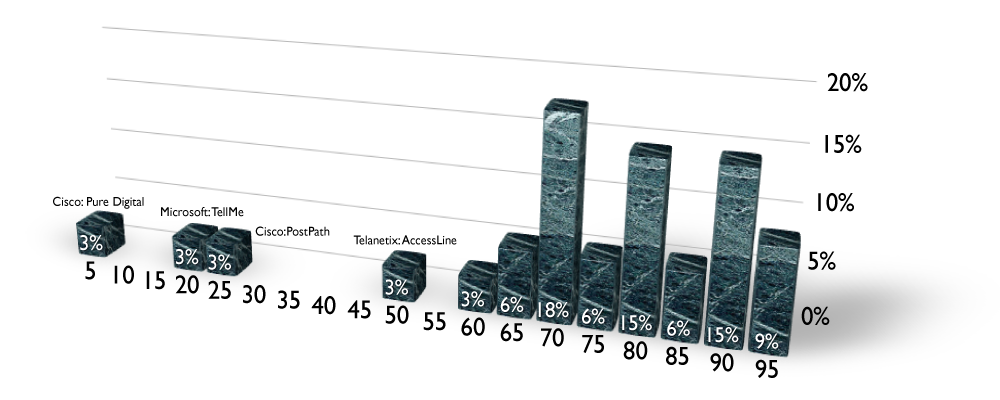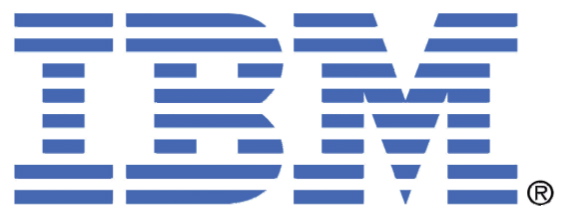 Intel has been absent from the cellphone business since it sold its wireless electronics unit to Marvell for $600 million in 2006, when it discovered that its cellphone product lines were found wanting and would be a drain on earnings for the foreseeable future. A lot has transpired since that time four years ago.
Intel has been absent from the cellphone business since it sold its wireless electronics unit to Marvell for $600 million in 2006, when it discovered that its cellphone product lines were found wanting and would be a drain on earnings for the foreseeable future. A lot has transpired since that time four years ago.
Intel, where the strategists are sensing a market inflection based on the economy lifecycle stage – fragile recovery – has agreed to acquire the mobile phone assets of Infineon (the silicon division of Siemens that IPO’d in 1999) for $1.4 billion in cash. This deal gives Intel instant presence and credibility in a high growth silicon market – smartphones – where Infineon current boasts being third in market share. Infineon remains #1 in automotive electronics.
This deal scores much better than the McAfee-Intel deal discussed in this post because it closely aligns with Intel core competencies of silicon production, miniaturization engineering and chip design.
Here’s the Brockmann Deal Report Card:
Strategic Fit: 4/5
This deal is a nice stretch for Intel, bringing them back to what had been a troublesome market where the pace of innovation was limited by the tight relationships between the device manufacturers, OS manufacturers and their mobile operators. Before iPhone, if mobile operators didn’t like a functionality, they told the OS and device manufacturers and the functionality was not readily available. Nowadays, it’s pretty much anything goes. Mobile phones can do VoIP (a taboo feature in 2006) now without the carrier’s participation. Developers can rollout software without cutting the mobile operator in for a share of the revenues.
Of course mobile phone silicon lifecycles and PC silicon lifecycles are very different. One is measured in weeks, the other in months. Hopefully, the division being acquired has critical mass of engineering talent so it can continue to innovate at the pace its customers expect, which is somewhat faster than the cultural pace of Intel.
Timing: 5/5
Infineon was hoping for $2 billion according to the Wall Street Journal and had received interest from Samsung and other specialists in the mobile phone space. High tech businesses are still under-valued, even heading into a recovery.
Customer Demand: 3/5
I don’t expect there is a lot of synergy between the Infineon division and Intel-proper, yet. I do expect that will change as the former Infineon wireless sales teams learn about the possibilities of new wireless products or technologies from Intel that complement the existing relationships with mobile device manufacturers.
Potential: 4/5
It is expected that this deal will open up new mobile opportunities for the combined entity that were previously unavailable to either organizations. The Infineon unit did not have the processor expertise, while Intel did not have the mobile spectrum technology readily available. Now, these will be leveraged and ultimately integrated, hopefully sooner than later and hopefully at a profitability level that will satisfy Intel shareholders.










